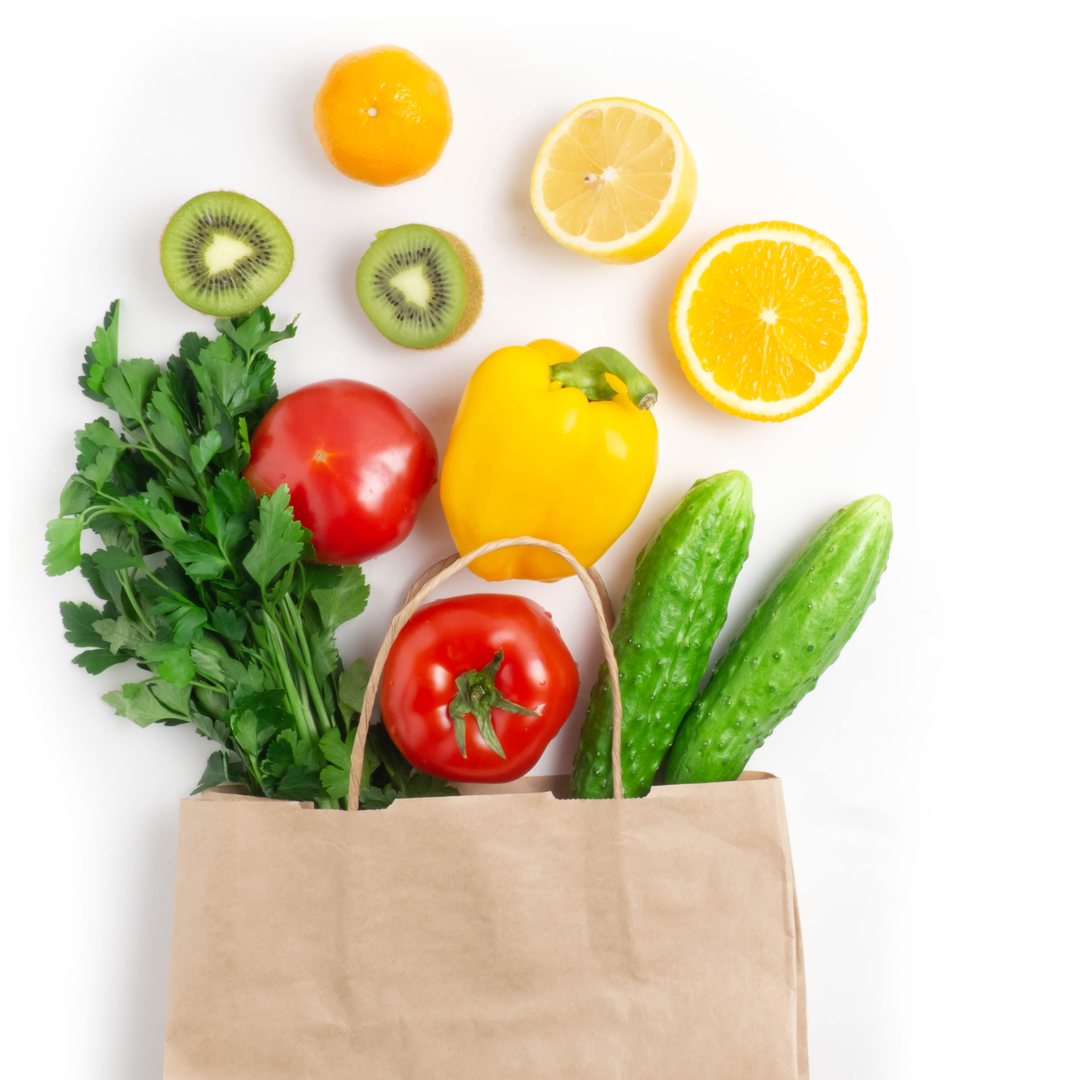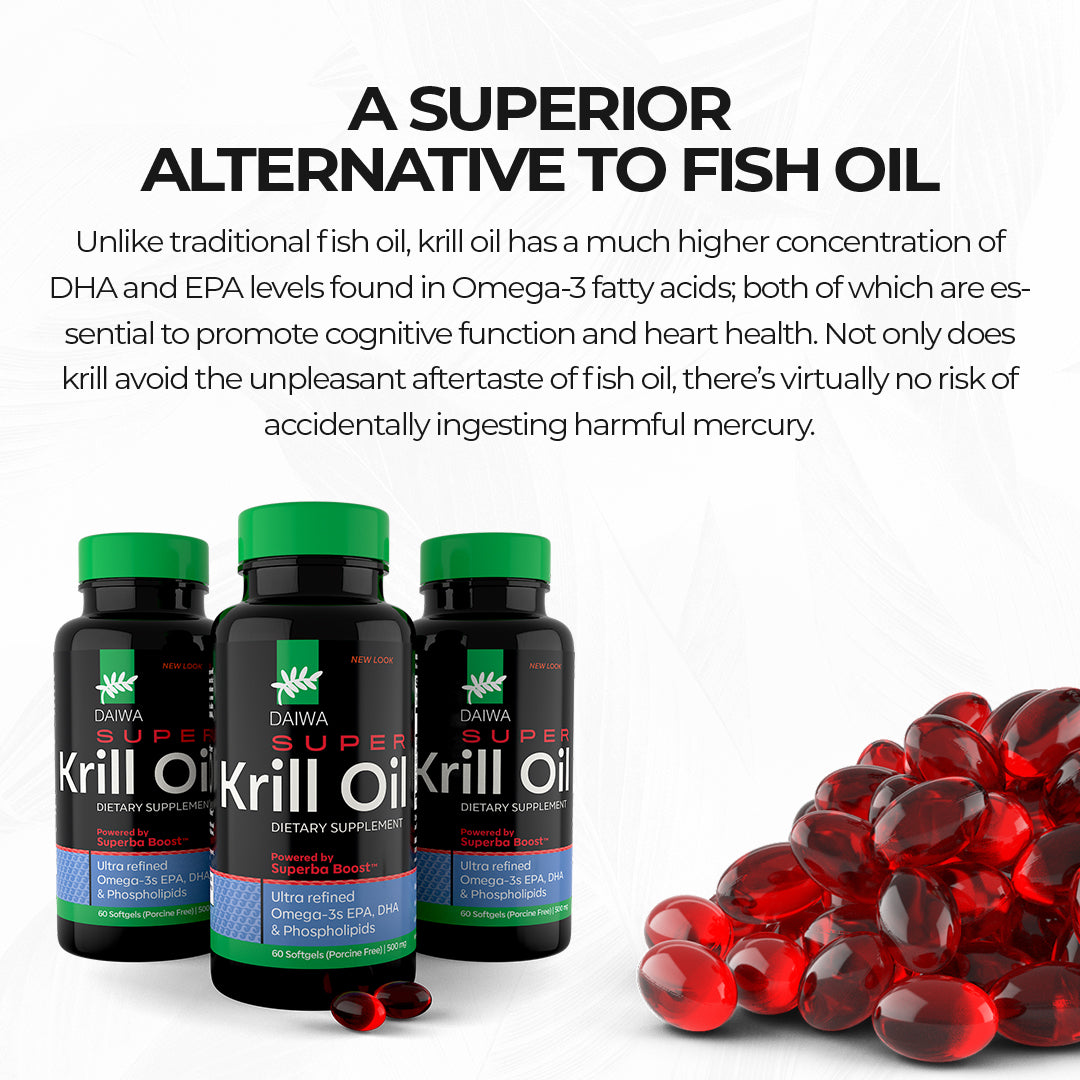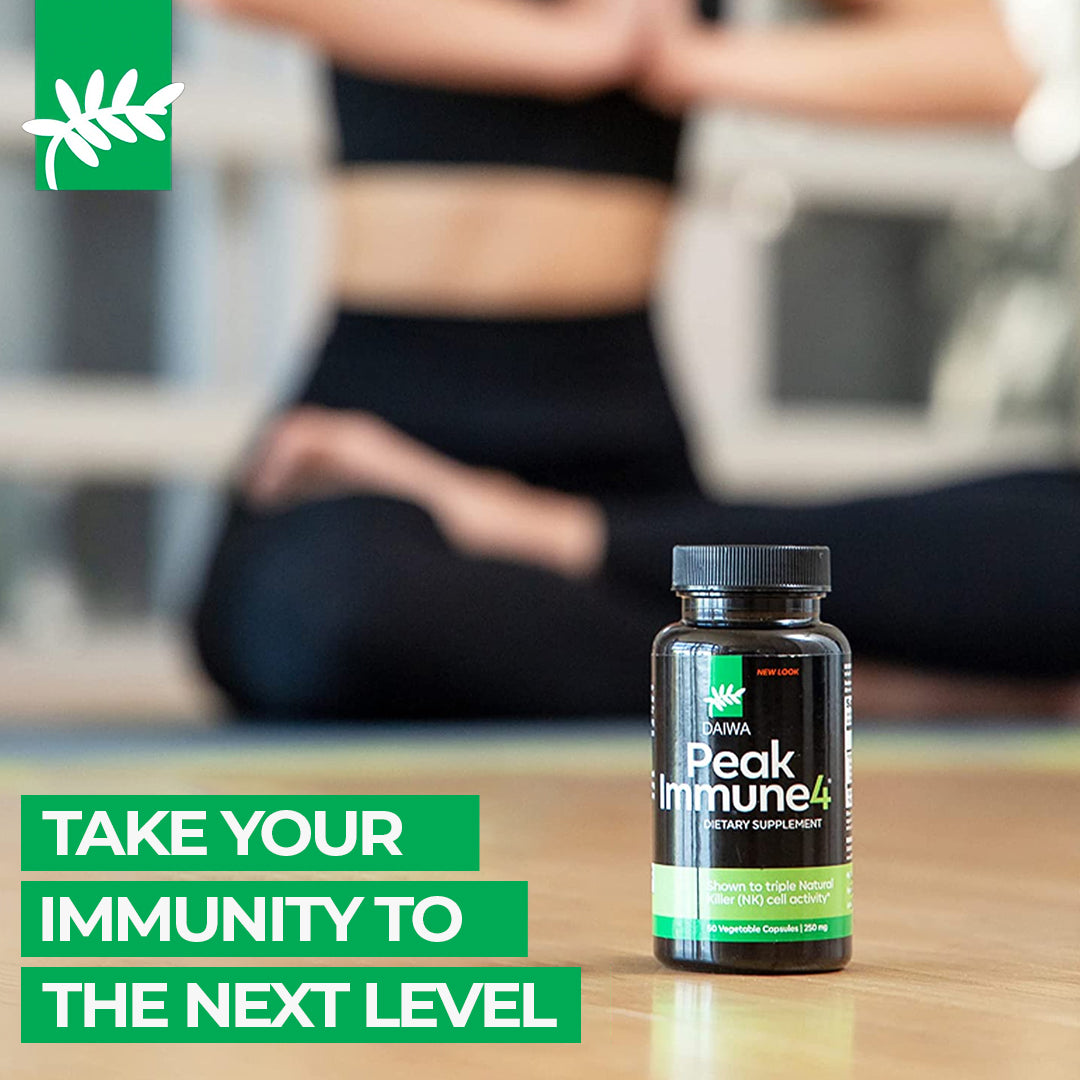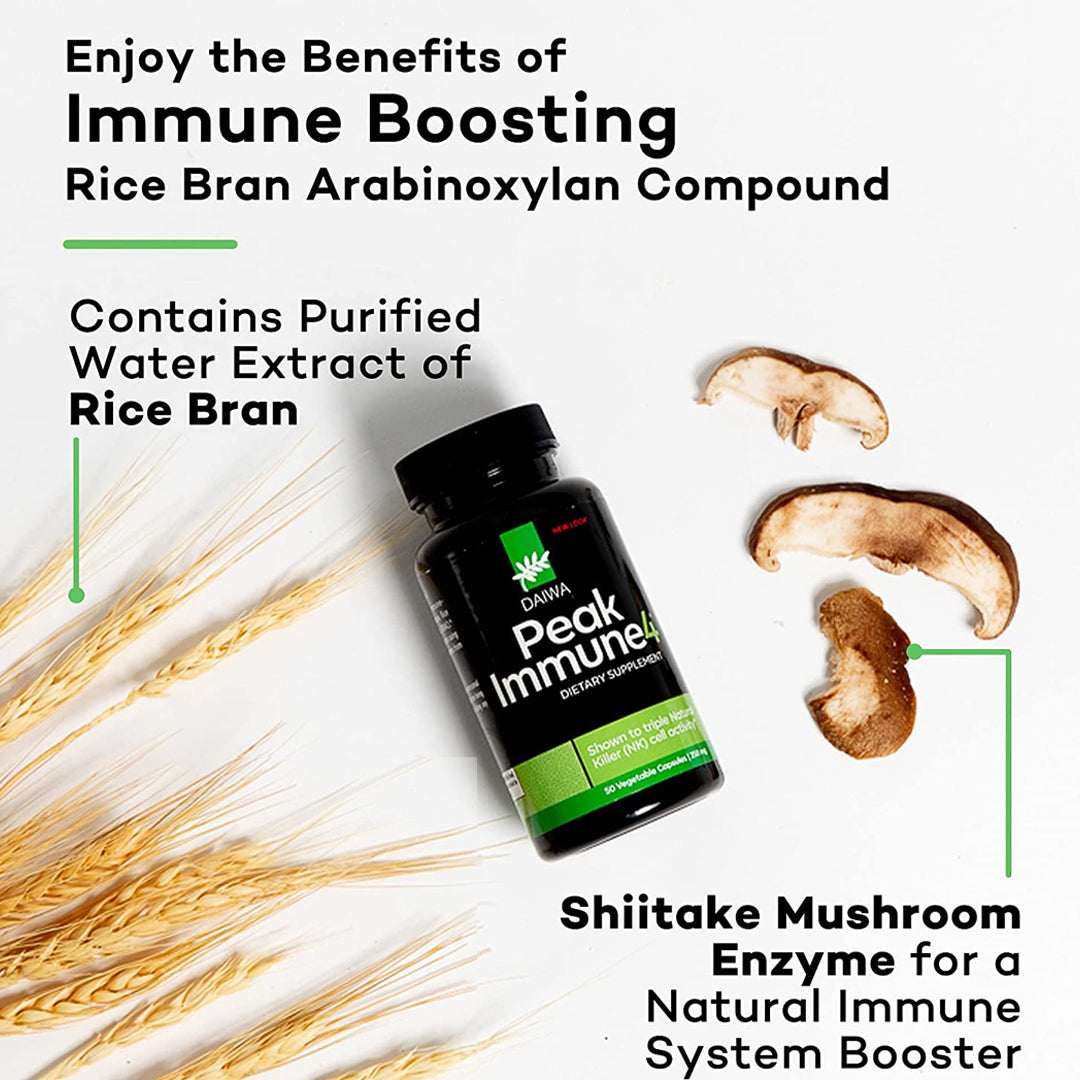Leafy greens, citrus fruits and broccoli aren’t really that important, are they? You bet they are!
Maybe you haven’t given much thought to eating fruits and veggies or maybe you love to eat these nutritious foods! Regardless, eating an assortment of fibrous, vitamin rich, colorful foods are so important to our health.
In fact, eating the right foods, mainly plant-based including fruits and vegetables, can be the ultimate source of healing, energy and sustained health.
Let’s dive in a little deeper!
The power of fruits and vegetables is truly amazing. Proper nutrition can build immunity, improve gut health, aid in hormone balance and boost energy.
Higher fiber intakes from fruits and vegetables are linked to a lower risk of chronic diseases, including a reduced immune function and lower systolic blood pressure.
Plant compounds and plant chemicals found in fruits and vegetables provide antioxidant and health-promoting properties. Collard greens, swiss chard, and other dark green vegetables are excellent examples of nutrient-rich leafy greens.
Starchy vegetables also play a role in a balanced diet, providing energy and important nutrients. Fruit juices and vegetable juice count as only one serving towards daily recommendations according to dietary guidelines.
Fresh fruits and fresh fruit should be handled safely and are best enjoyed raw for maximum benefits. When you prepare fruits, consider methods like steaming, baking, or eating them raw to maximize nutrition and fiber content.
Research shows that fruit consumption and eating fruit are associated with a lower risk of cardiovascular disorders and protection against invading pathogens.
Low fruit and vegetable intake is a risk factor for major chronic diseases, and is considered a significant risk factor in epidemiological studies.
Nutritional comparison of different fruits and vegetables can help you choose options rich in fiber, vitamins, and minerals.
Many fruits and vegetables are excellent sources of vitamins C. Increased fruit and vegetable intake can help regulate systolic blood pressure.
Maybe you’re ready to add some more color and nutrition to your diet, so you may be asking, where do I go from here? Firstly, eat real food and add more plants.
This regime means avoiding sugar, processed and fried foods, etc., as harmful bacteria and yeast feast off of sugar. So, what foods should we be actively seeking out at the store?
It’s all about the color! Strive for eating whole, unprocessed, top- quality, plant- based foods. Consuming whole fruits, including the peel and membrane, maximizes fiber intake and helps you feel full longer.
Most of the shopping trip will be spent in the produce section, followed by making way around the outer perimeter of the store, avoiding the middle isles of “junk food”.
Below are a few foods listed by health goal to help guide you.
Some fruits and veggies for immunity building and disease prevention include:
-
Red Bell Peppers
-
Strawberries (Did you know strawberries have more vitamin C than oranges?)
-
Broccoli
-
Citrus Fruits
-
Dark Leafy Greens (Kale remains king of the forest!)
-
Nuts and Seeds
-
Winter squash
-
Orange fruits
-
Baby carrots
Some fruits and veggies for hormone balance include:
-
Broccoli
-
Sweet potatoes
-
Seaweed
-
Spinach
-
Bell peppers (all colors- red, yellow & orange!)
-
Kale
-
avocados
Some fruits and veggies for improving gut health include:
-
Oranges
-
Kale (wow yet again, Kale for the win!)
-
Carrots
-
Spinach
-
Tomatoes
-
Strawberries
-
Dried fruits
-
Dried fruit
In addition to loading up on fruits and veggies, next, add in some nuts and seeds (walnuts, pumpkin seeds, pistachios, cashews, chia seeds), nut butters, beans, whole grains (oats, quinoa, rice) and plant based milks.
Oh and water, lots of water! Staying hydrated by drinking plenty of water is vital for our bodies to function optimally.
Including frozen fruit, canned fruits, and vegetable juice are also convenient ways to increase your fruit and vegetable intake, and these options are recognized in dietary guidelines for their role in a healthy diet.
Ask yourself:
How colorful was your lunch today? Did you include fruits and veggies in every meal? Did most of my plate include plant-based foods?
Dietary patterns that consistently include fruits and vegetables are associated with a lower risk of major chronic maladies. Maybe it’s time to help our systems along in the daily battles against the sneaky pathogens we are exposed to.
We could not emphasize enough the power that fruits and veggies have on our health. So, we challenge you: how colorful can you make your plate? Have some fun, try new recipes, include the kids in making dinner and teach them the art of smoothie making.
You’d be surprised how many different varieties of fruits and veggies you can add to make a flavorful combo. By trying many fruits, you can benefit from different nutrients, and exploring botanical fruits highlights the diversity of produce available.
If you decide to add in some more plant-based foods to your diets, we know you too will start to experience their amazing benefits!
Food processing, such as steaming, baking, or eating fruits and vegetables raw, can affect their nutritional value and fiber content, so try a variety of preparation methods to maximize health benefits.
Introduction to Plant Foods
Plant foods, such as fruits and vegetables, are the cornerstone of a healthy diet. These nutrient-packed foods provide our bodies with essential vitamins, minerals, and dietary fiber that are vital for maintaining good health and enhancing immunity.
A diet rich in plant foods has been linked to a reduced risk of chronic health disorders. diseases. By making fruits and vegetables a regular part of your meals, you’re not only fueling your body with all the nutrients it needs but also supporting long-term wellness.
Embracing a diet rich in plant foods is one of the most effective ways to boost your dietary fiber intake, improve your overall health, and protect yourself against major chronic health disorders.
Health Benefits of Fruits and Vegetables
The health benefits of fruits and vegetables are truly remarkable. Packed with vitamins, minerals, and powerful antioxidants, these foods help protect your body from the inside out.
One of the standout benefits is their high dietary fiber content, which plays a key role in maintaining healthy cholesterol and keeping blood sugar levels steady. Regular fruit and vegetable consumption has been shown to promote heart health and overall wellness.
Because fruits and vegetables are naturally low in calories and high in fiber, they also support healthy weight management and digestion. By making fruits and vegetables a central part of your diet, you’re taking important steps toward reducing your risk of chronic diseases and supporting your body’s overall health.
Vegetables and Heart Health
When it comes to heart health, vegetables are some of your best allies. Green leafy vegetables like spinach, kale, and dark green leafy lettuce are loaded with dietary fiber, vitamins, and minerals that help keep your heart strong.
Cruciferous vegetables such as broccoli and Brussels sprouts are also packed with nutrients that support healthy cholesterol levels and help regulate blood pressure. Sweet potatoes and carrots, rich in antioxidants and fiber, further contribute to a heart-healthy diet.
Including a variety of vegetables—both raw and cooked—can help to promote heart health. By filling your plate with a colorful array of vegetables, you’re giving your heart the support it needs to stay healthy for years to come.
Vision Health and Diet
A healthy diet filled with fruits and vegetables is essential for keeping your eyes in top shape. Leafy green vegetables, such as spinach and kale, are excellent sources of lutein and zeaxanthin—nutrients that help protect against age-related macular degeneration.
Citrus fruits like oranges and grapefruits are packed with vitamin C, which can help lower the risk of cataracts and support overall eye health.
Bell peppers and other vegetables rich in vitamin A, such as carrots, are also important for maintaining good vision.
Don’t forget that frozen fruits and vegetables, as well as canned options, can be just as nutritious as fresh produce, making it easier to enjoy a diet rich in these eye-healthy foods all year round.
By prioritizing fruit and vegetable intake and scheduling regular eye exams, you can help protect your vision and reduce the risk of chronic eye diseases.








Leave a comment
All comments are moderated before being published.
This site is protected by hCaptcha and the hCaptcha Privacy Policy and Terms of Service apply.